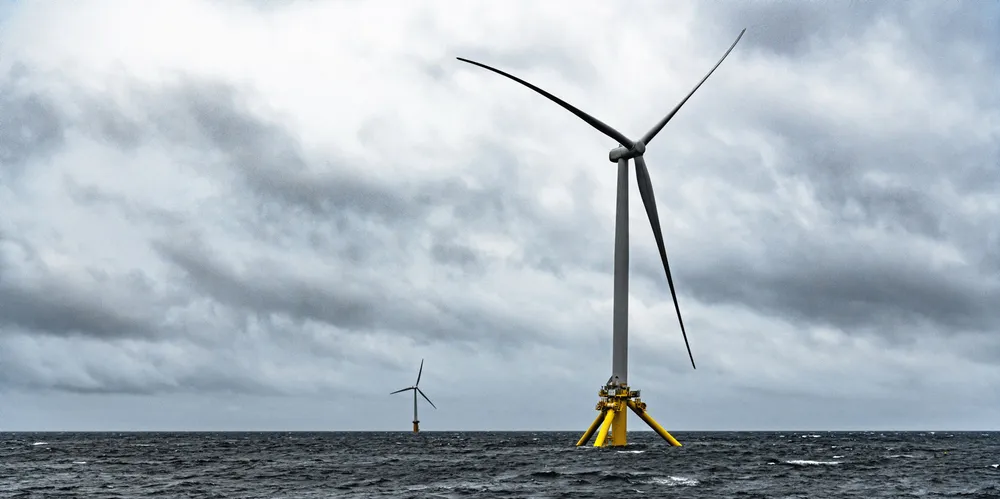North Sea floating wind vanguard opts for 'industrialisation enabling' Stiesdal platform
Pentland Floating Offshore Wind Farm developer chooses innovative tubular steel design from industry pioneer Henrik Stiesdal for landmark 100MW array in deep waters off Scottish Highlands
